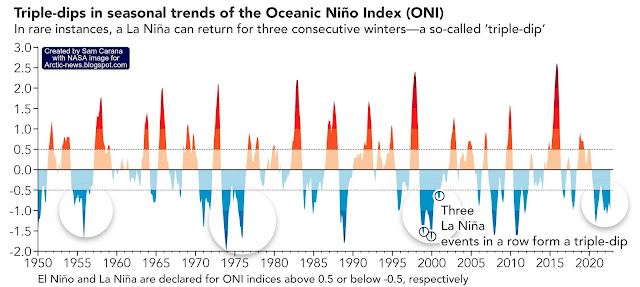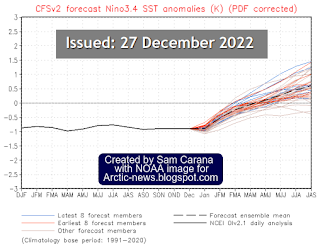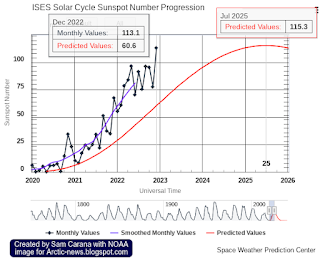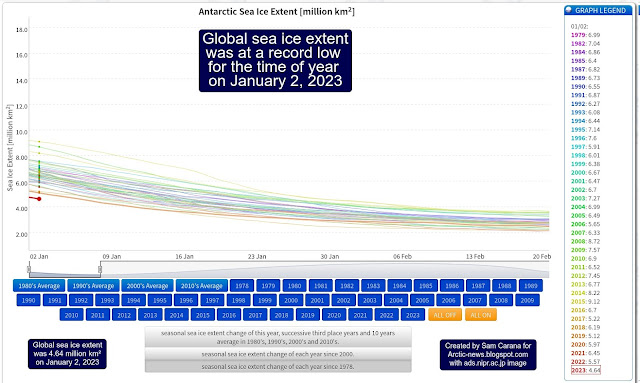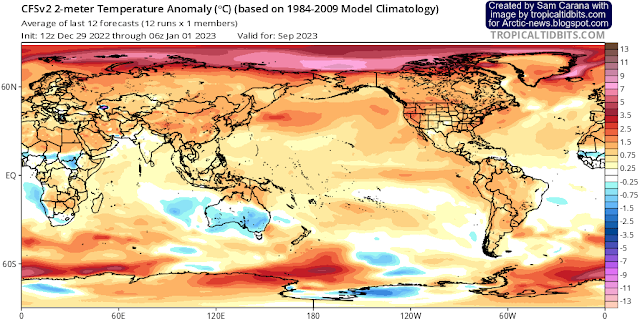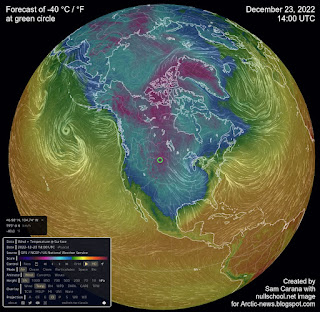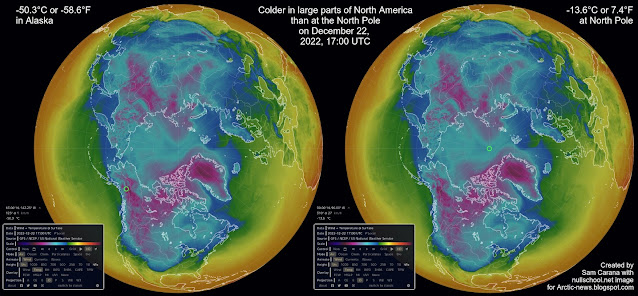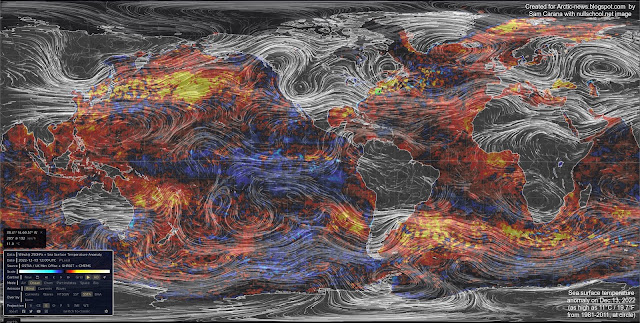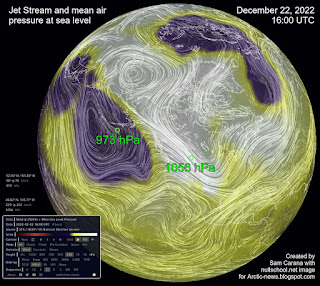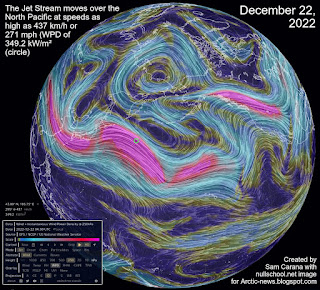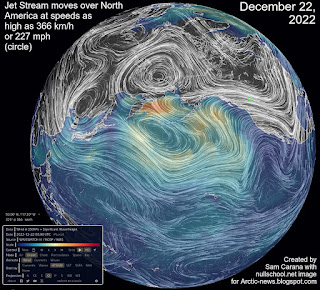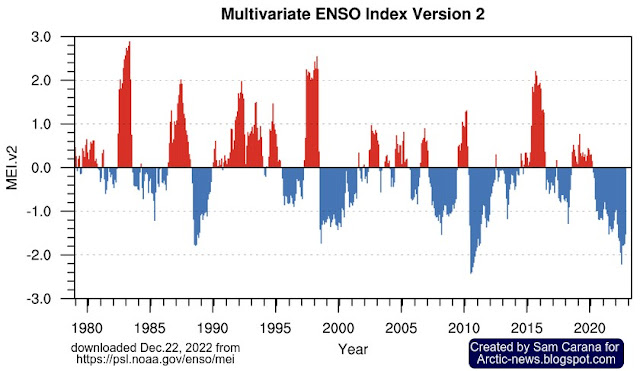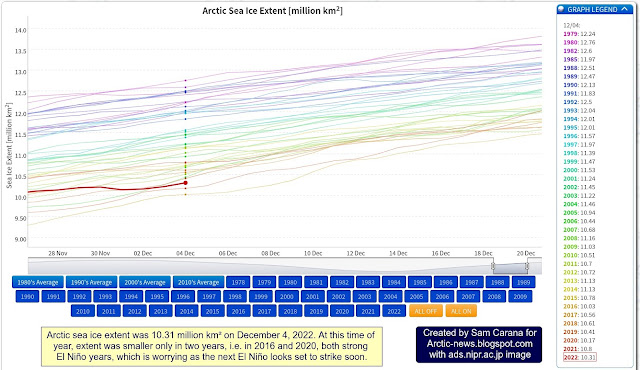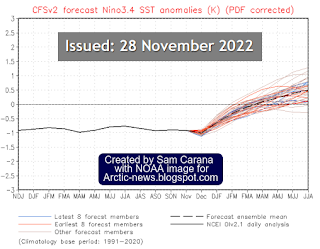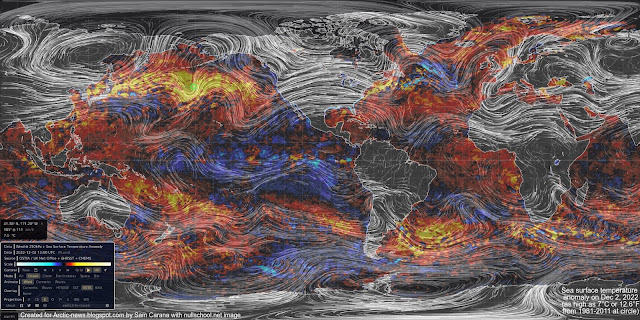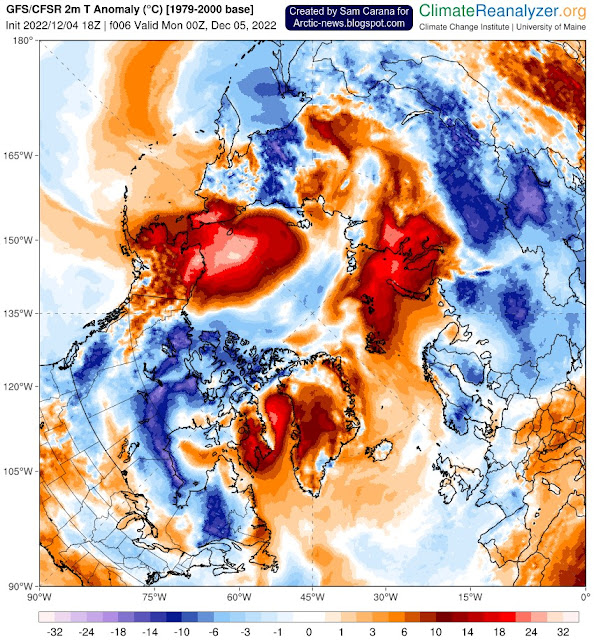Earth Hits 1.5° Warming Mark for the First Time: A Dire Warning from 2024 Climate Report
2024: A Global Warming Milestone According to EU’s Copernicus Climate Report
The European Union’s Copernicus Climate Change Service (C3S) has released its annual climate report, marking 2024 as the first year on record where the global average temperature surpassed the critical threshold of 1.5°C above pre-industrial levels. This alarming milestone highlights the accelerating pace of climate change and its increasingly dire implications for the planet.
Key Findings from the Report
- Global Average Temperature The report reveals that the global average temperature for 2024 was 1.51°C higher than the pre-industrial baseline (1850-1900). This marks the first time this threshold has been breached over the course of an entire calendar year. Notably, the temperature increase was consistent across all months, underscoring the persistence of warming trends.
- Role of El Niño The intensifying El Niño event played a significant role in 2024’s temperature anomalies. The phenomenon, which involves warmer-than-average sea surface temperatures in the Pacific Ocean, contributed to record-breaking heatwaves and amplified global warming impacts. However, the report emphasizes that the underlying cause remains the accumulation of greenhouse gases due to human activities.
- Record-Breaking Weather Events 2024 witnessed an unprecedented series of extreme weather events, including:
- Heatwaves: Europe experienced its hottest summer on record, with temperatures in several regions exceeding 45°C. Similar patterns were observed in North America, Asia, and parts of Africa.
- Wildfires: Massive wildfires swept through the Mediterranean, Canada, and Australia, exacerbated by prolonged droughts and high temperatures.
- Flooding: Torrential rains led to catastrophic flooding in South Asia and parts of South America, displacing millions and causing significant economic damage.
- Arctic and Antarctic Changes Polar regions showed alarming trends, with Arctic sea ice extent reaching its lowest level since satellite records began. In the Antarctic, sea ice also declined sharply, raising concerns about rising sea levels and disrupted ecosystems.
Human and Environmental Impacts
The breach of the 1.5°C threshold carries profound implications for ecosystems, economies, and communities worldwide:
- Biodiversity Loss: Coral reefs, already under stress, suffered further bleaching events, while terrestrial and marine species faced habitat disruptions.
- Food Security: Crop yields in major agricultural regions declined due to heat stress and erratic weather patterns.
- Health Crises: Heatwaves led to a spike in heat-related illnesses and deaths, particularly in vulnerable populations.
Policy and Mitigation Challenges
Despite international efforts to combat climate change, such as the Paris Agreement, global emissions have not decreased at the required rate. The report calls for immediate and intensified action to reduce greenhouse gas emissions, transition to renewable energy, and enhance global cooperation.
C3S Director Carlo Buontempo stated, “Crossing the 1.5°C threshold is not just a statistic. It’s a stark reminder of the urgency with which we must address the climate crisis. Every fraction of a degree matters.”
Looking Ahead
While the 1.5°C milestone is sobering, scientists caution that this does not signify a permanent crossing of the threshold. Temporary fluctuations, such as El Niño, can influence yearly averages. However, without significant action, permanent exceedance could become a reality by the 2030s.
The Copernicus report serves as a wake-up call for governments, industries, and individuals to accelerate climate action. The stakes have never been higher, and the need for collective, decisive action has never been more urgent.

